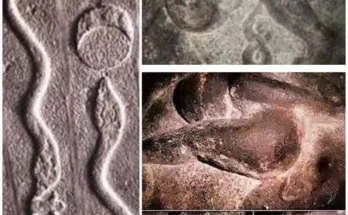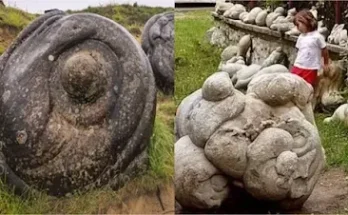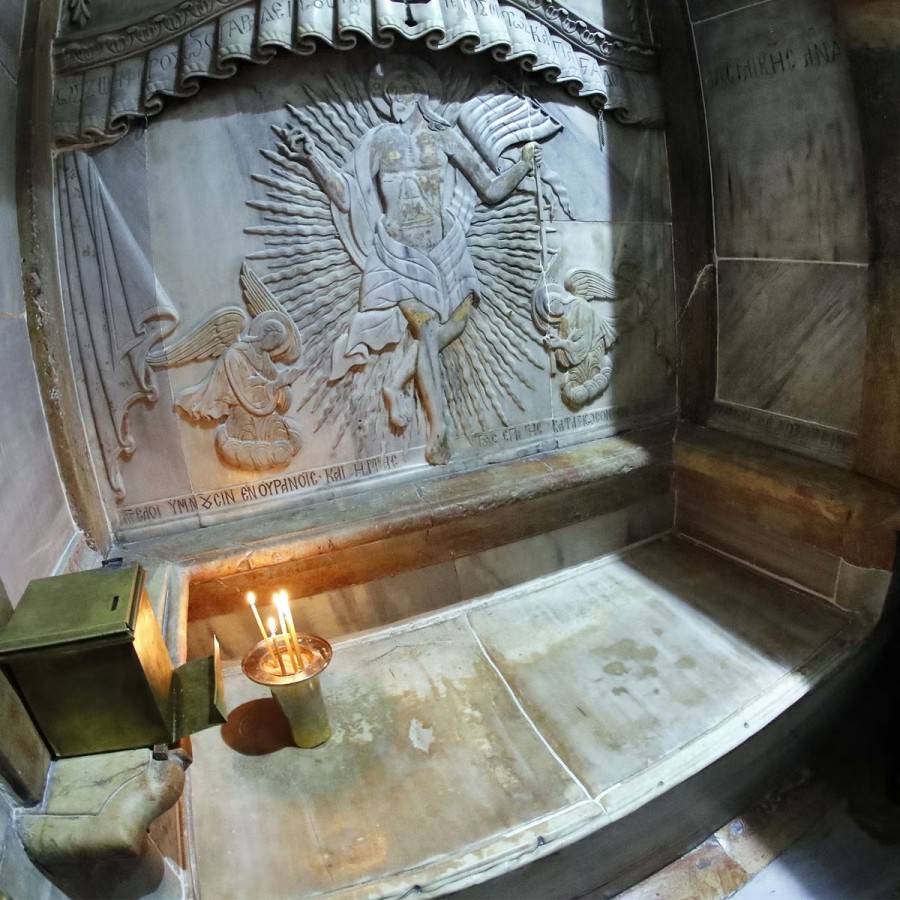
National Geographic magazine reported that the tomb was a limestone slab or burial bed carved from a cave wall. It has been covered with a marble panel since at least 1555 AD, which was used to prevent worshipers from removing the stone placed on the original “burial bed”.
The tomb was first opened on October 26 following a church restoration project. Scientists had a total of 60 hours of research.
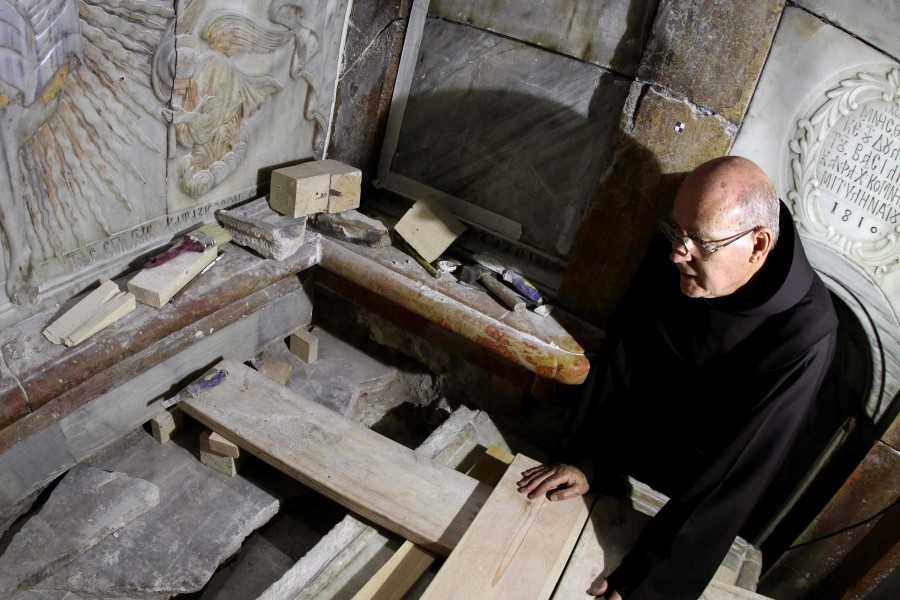
According to initial tests by the research team from the National Technical University of Athens, underneath the marble layer is a layer of material. Later, they discovered another marble slab with a cross engraved on the surface.
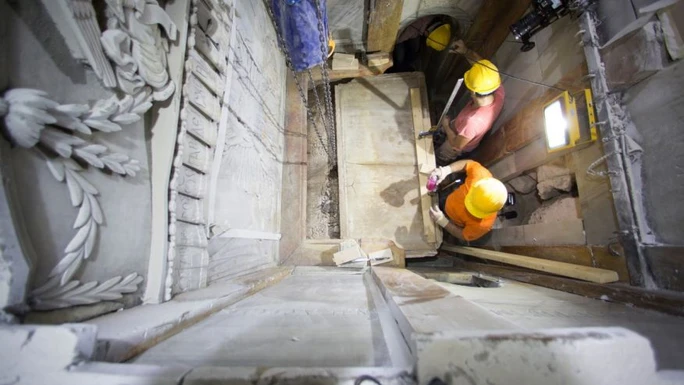
Workers removed the marble slab covering the tomb on October 26. Photo: AP
Just a few hours before the tomb was resealed on October 28, researchers also found the original burial bed, where Jesus’ body was placed, still intact to this day.
According to Christian tradition, the burial bed was carved from the side of a limestone cave after Jesus was crucified. The Bible says Jesus was placed on a “burial bed” in a tomb after his death by crucifixion around 33 AD. Three days later, Jesus’ body disappeared and Jesus was resurrected more than 40 days before ascending to heaven.
Experts also confirmed the existence of the original limestone cave wall inside the Edicule (meaning “little house”, where the tomb is located at the Church of the Holy Sepulcher. “This is the venerated Holy Stone centuries, but now we can see it with our own eyes” – Professor Antonia Moropoulou, senior scientific advisor of the project, told National Geographic .
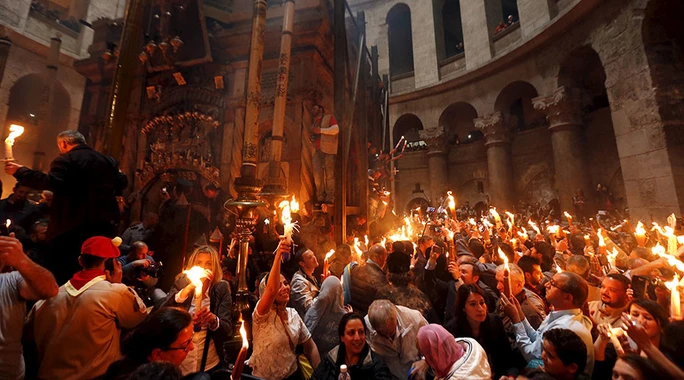
“I was completely surprised and shaken because I had never thought of this. Although it is impossible to be 100% certain, perhaps it is visual evidence that the location of the tomb has not changed over time. This is something scientists and historians have wondered about for decades” – said Mr. Fredrik Hiebert, one of the project’s archaeologists.
Archaeologist Martin Biddle, an expert on the Church of the Holy Sepulchre, said data on burial beds and limestone cave walls should be analyzed carefully because any motif can provide important details. important about the history of the tomb.
This is the first time anyone alive today has seen the tomb of Jesus. There have never been any photos or paintings of this sacred place.
The Church of the Holy Sepulchre was built by the Roman emperor Constantine in the fourth century AD (325) at the place where the tomb of Jesus is said to be located.


